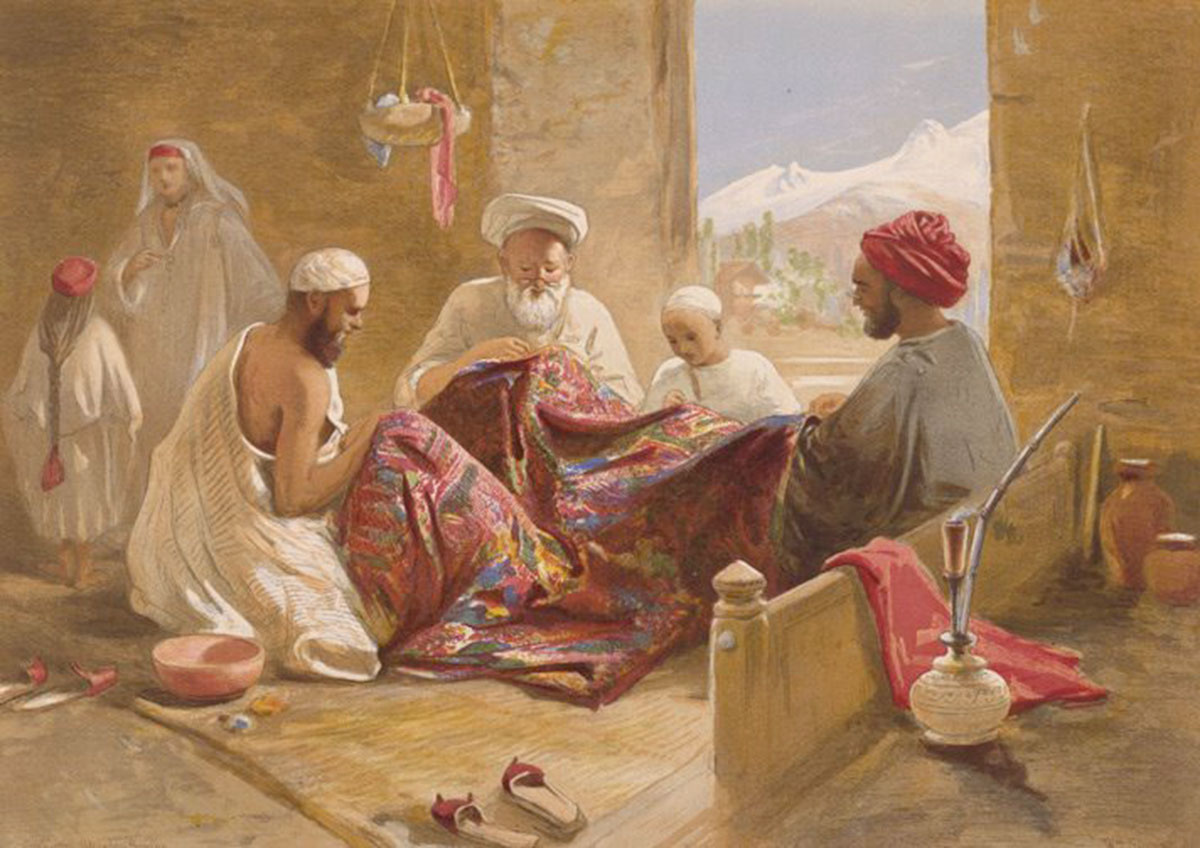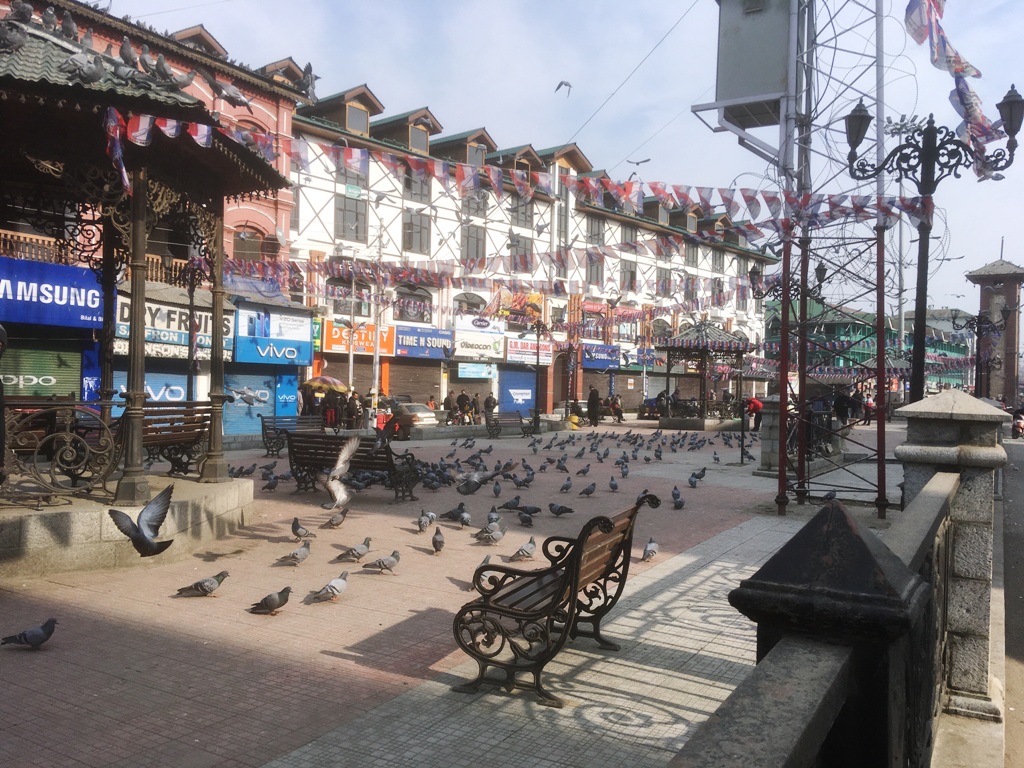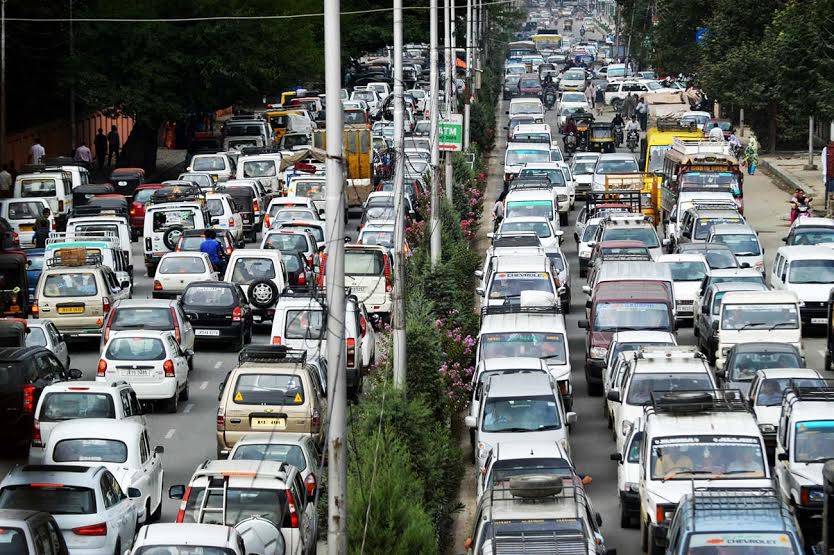by Masood Hussain
For most of the last one thousand years, Srinagar has survived as Kashmir’s capital. This is in addition to its other identities of being a key business hub and the craft capital, a distinction that UNESCO recently acknowledged by including the city in its creative folk art network.

In the new situation that is gradually unveiling itself post-August 2019, the undoing of Darbar Move – the perennial shifting of the top government offices between Jammu and Srinagar, has been a net deficit to the city’s key character. As the governance decision-making got squeezed to a desktop application, sections of the society felt happy that the loss of the city’s auxiliary income will pave way for Srinagar to rediscover its inherent strengths as a tourism and business hub.
A Gradual Decay
The prevailing situation, however, is indicating a gradual decay. Starkly visible behind the ‘smartness’ of the recent murals, the urban poverty is up and there is a fall in household incomes.
Srinagar, according to the latest banking data is not growing at all. It falls on the lower ladder of the credit appetite, which clearly suggests that there is no work and people are unwilling to raise capital. The credit off-take is squeezing and stressed assets are surging.
Most of the industrial activity is stagnant and insiders insist they are on a free fall as the new investment policy is seemingly exclusivist and outwardly. They fear sinking if there are not adequate changes in the policy framework.

Pandemic Again
Using the UNESCO honour, officials in the handicraft sector are trying their best to re-energise the artisan flocks. But the real worries remain: while the artisans are willing to improve the output, there is a lack of demand. The capital blocked in the inventory of traders and handicraft exporters is preventing any new investment or unfreezing of money for redeployment.
The pandemic that took off in early 2020 added new levers to the prevailing freeze. It is now the third season when the school would remain locked in Srinagar. They did operate for most of the Kashmir periphery. Over the years, Kashmir has evolved its own sub-economy in coaching and tuition. Classroom apart, it is linked with transport, housing and other areas of the economy.
Despite all the experts insisting that the educational set-up must be the last to close and the first to open, in Jammu and Kashmir, it is being implemented in complete reverse. The fact is that they never reopened after August 2019. This situation is triggering a psychological crisis for a generation that is supposed to be Kashmir’s future.

Migrated Business
The business has already migrated out of Srinagar. With better economic spaces emerging in the periphery, consumer hardly requires coming to Srinagar. From Parasa’s food joint to JamKash’s car showroom, nobody requires to come to Srinagar because the businesses have already gone deep into the periphery.
The prevailing situation in vogue is that businesses are out, educational institutions are closed and the governance is online. This has left only two sources of footfalls for Srinagar – tourists and patients. The fact is the visitors, mostly budget tourists, are flying in on daily basis – with late-night operations started last year. Their movement is restricted to Kashmir’s few established destinations.
Peripheral Footfalls
This leaves Srinagar for the peripheral populations that come mostly for livelihood issues or healthcare. Though Kashmir has an impressive network of health care institutions, the best of them are located in Srinagar. The morbidity is too huge and complex to be managed in villages.
Now, this footfall is facing a crisis. For the last fortnight, all the Srinagar bound traffic in taxi cars is being stopped outside the city and in absence of alternative transport, the commuters are facing crippling issues in entering the city. This has started impacting the leftover business.
Swift transportation, as everybody knows, is the key to economic growth. Over the years the TATA Sumo’s have revolutionised transportation in Kashmir. For most of the day, a commuter could reach any place from Srinagar. It had filled the vacuum created by the fading away of the big bus system by a swift, albeit costly, alternative. Now, policymakers have decided to not permit them into the city.
Transport Mess
Ideally, public transport should face less tension in comparison to private transport because personal cars drive with one or two persons unlike a Sumo, for instance. But the idea of decongesting the city has hit the section of the commuters who cannot afford personal cars. Nobody thinks in the system that if the same rule is applied to Mumbai, having the worst narrow roads, it will cease to exist.

The fact is that most of Srinagar roads have converted into parking slots as the formal parking spaces that have come up with huge investments are empty because the managers seek too much for too little. Nobody in the policymaking circuit understands that huge numbers with low margins make big business.
A city cannot and should not have deserted roads. Cities require organised crowds and huge footfalls for sustenance. The new regulations had bloodlessly killed the bustling Batamaloo market and now it is threatening many more.
Instead of helping the city grow, the regulations have induced decay. It is impossible in Srinagar to have some credible transport for commuters after 6 pm. After the phasing out of mini-buses, no locality in Srinagar has any kind of a bus service. Public transport plies on major skeletal roads only between 8 am and 6 pm. There was an expectation that Sumo will manage this deficit and help residents avoid costly auto networks.
The requirement is to stop looking at Srinagar from drones with fascinating and peacefully deserted roads. It is just not a concrete structure of 15 lakh people. Srinagar is an organic city with a huge history and a long life. Weigh alternatives before raising a barricade.















